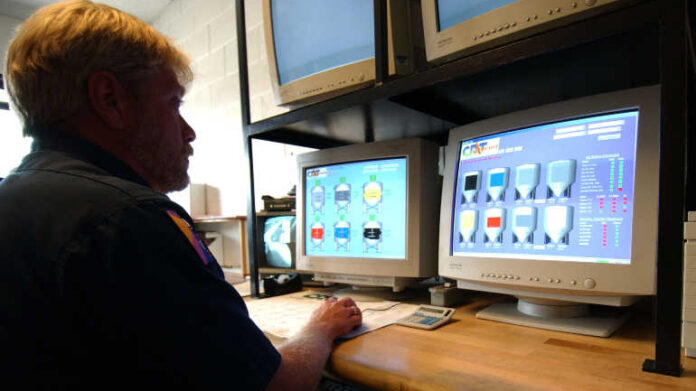
In 1911—before the enactment of prohibition laws, the Green Bay Packers’ first football championship, or the enshrinement of polka as the state’s official dance—Wisconsin passed the nation’s first modern apprenticeship law. Using area technical schools for classroom training, the state saw more than 600 apprentices that first year embark on a vocational journey toward learning a skilled trade.
Fast forward to 2019: Wisconsin has nearly 14,000 active apprentices working for approximately 2,500 employers. Though the true origins of apprenticeship can be traced back to the middle ages, and even Babylon, it is safe to say that apprenticeship is rightfully a Wisconsin workforce tradition—and it’s here to stay.
However, many employers don’t realize they, too, can be a part of this great tradition. The state Bureau of Apprenticeship Standards works with companies to create robust apprenticeship programs for their workplace. Through area training representatives, BAS can help an employer determine if an apprenticeship program already exists to fit training needs, or if not, assist in developing one. An apprenticeship program registered with BAS requires a classroom-training component and at least one year—but oftentimes more—of on-the-job training.
Although apprenticeship has historically occupied a space in the construction and manufacturing sectors, it is branching out into new industries. BAS and its partners developed curricula for occupations in areas such as mechatronics, dairy grazing, organic farming, pharmacy technicians, financial services, arborists and software development. Last year marked the enrollment of the state’s first information technology apprentices.
Its versatility uniquely positions the apprenticeship model to address looming skilled worker shortages in health care, manufacturing and the burgeoning information technology sector. According to a 2016 survey by the Workforce Data Quality Campaign, more than two-thirds of manufacturing companies reported that skill gaps were limiting their expansion or productivity. Meanwhile, the aging of baby boomers poses a two-pronged problem: exacerbating the skilled worker shortage as boomers leave their jobs and expanding the need for skilled health care workers.
An apprenticeship program offers many tangible benefits to apprentices, like work-based training and industry-recognized credentials. It also offers distinct advantages to employers. Competition for skilled workers is increasing as our workforce evolves. An apprenticeship track can help attract outside candidates and allow an employer to develop its workforce in-house, facilitating the sharing of expertise from more experienced workers. Moreover, apprentices are safer workers, less prone to absenteeism and more loyal to the company sponsoring their training.
Employers have options when it comes to recruiting employees for apprenticeship positions. Some use apprenticeship as an internal career ladder to promote workers from within the company, while others solicit interest from outside applicants. Employers can also recruit from Wisconsin’s youth apprenticeship program and certified pre-apprenticeship programs, designed to prepare participants for apprenticeship careers.
Interested in finding out more about apprenticeship in Wisconsin? Visit WisconsinApprenticeship.org for more information.

